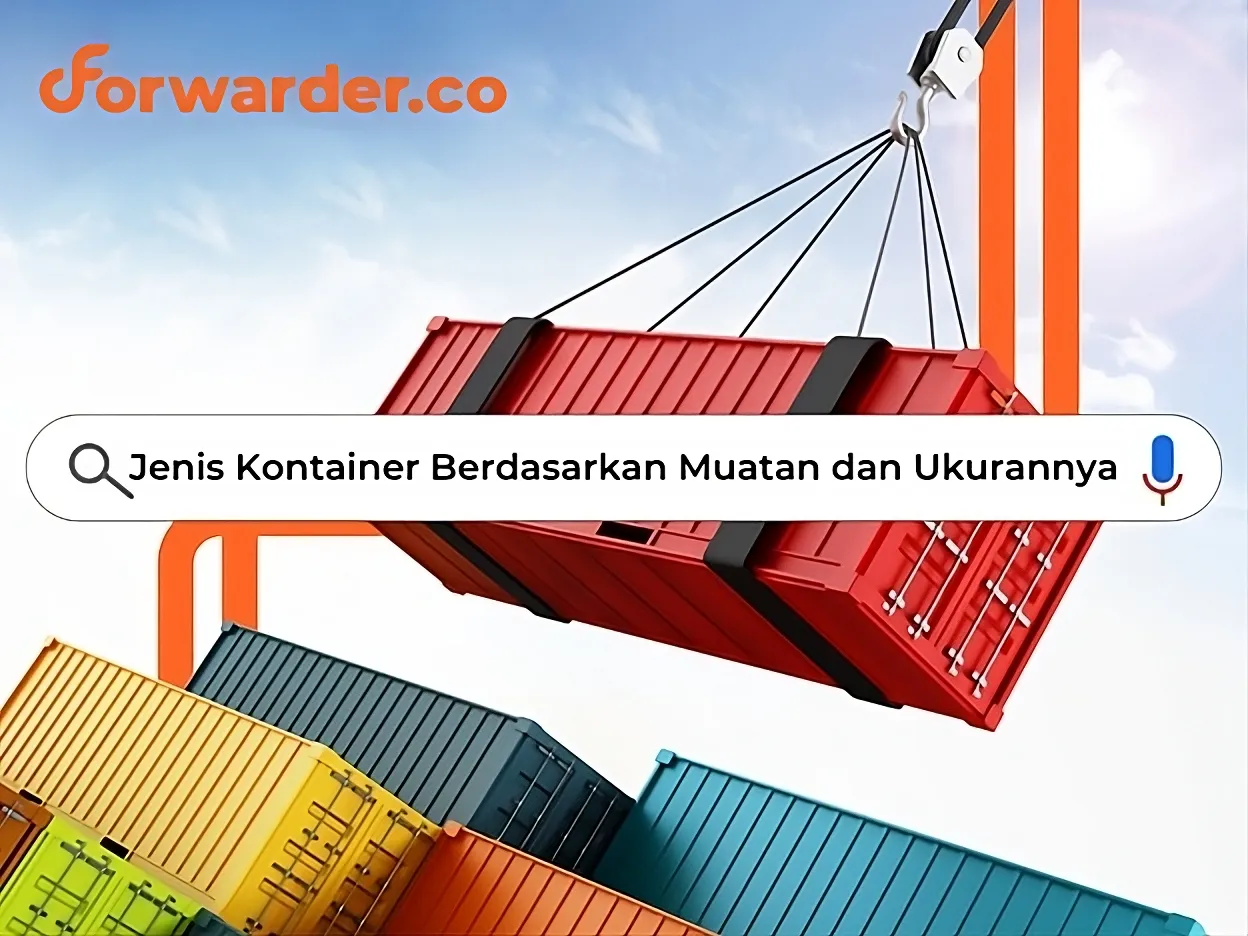
The types of containers based on its load and sizes are key factors in the logistics operations of goods through sea and land routes. In this article, we will discuss various types of containers such as Dry Storage, Reefer, Car Carrier, Open Top, Flat Rack, and others. Choosing the right container is an important decision as it can affect your overall business operations, from shipping large cargoes to ensuring the security of goods. A good understanding of containers will help your business optimize shipping costs and maintain the quality of the shipped products.
The selection of the right type of container is crucial in your business operations. It affects the overall operations, especially in dealing with challenges such as shipping large cargoes and ensuring the security of goods. Some important points to consider in choosing the type of container include:
A deep understanding of container types and proper selection will have a positive impact on your business operations.
In the shipping and logistics industry, there are various types of containers designed to transport specialized cargo. Each type of container fulfills different specific needs. Let's discuss in more detail about some common types of containers based on their cargo:
a. Dry Storage Containers
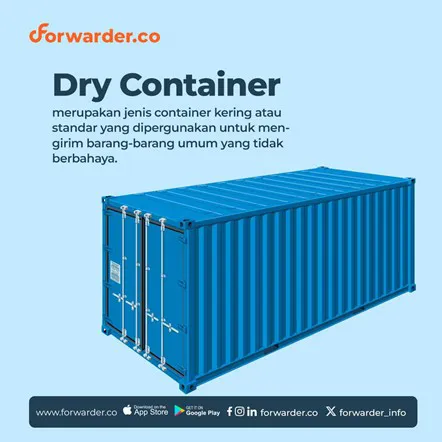
Dry storage containers are the most commonly used type of container in shipping and logistics operations. The main purpose of these containers is to transport cargo such as electronics, clothing, or household goods that do not require special temperature control.
The advantages of dry storage containers are as follows:
For example, if you have an e-commerce business that ships electronic products to customers in different locations, using dry storage containers would be a suitable choice. These containers provide sufficient protection for your cargo without requiring special temperature control.
b. Reefer Container
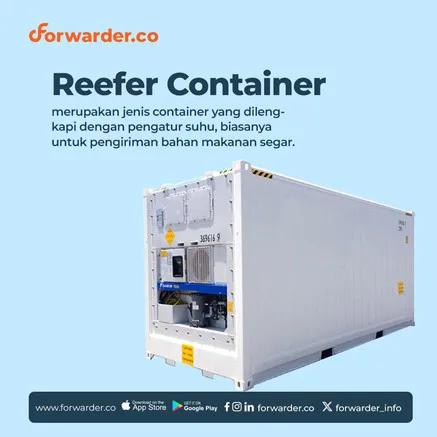
Reefer containers, or refrigerated containers, are specifically designed to maintain controlled temperature conditions for sensitive cargo such as fresh produce, frozen foods, or pharmaceuticals. These containers offer the following key features and advantages:
These containers play a crucial role in preserving the quality and safety of medical supplies, food products, and other perishable items, making them an essential asset in industries that rely on maintaining strict temperature requirements for their cargo.
c. Open Top Container
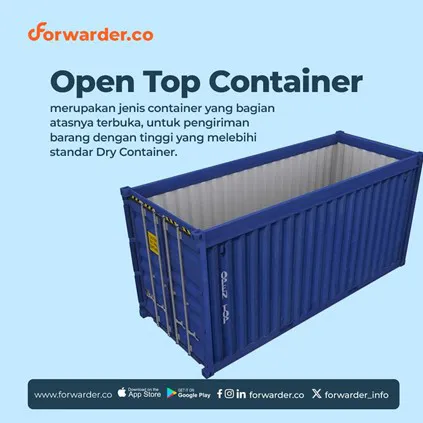
Open top containers are a unique type of container that allows for the transportation of cargo with heights taller than average. Here are some key points about open top containers:
Open top containers offer a solution for businesses that need to transport goods with non-standard dimensions or heights. Their unique design allows for efficient loading and unloading, making them suitable for various industries such as construction, mining, or heavy equipment transportation.
d. Flat Rack Container
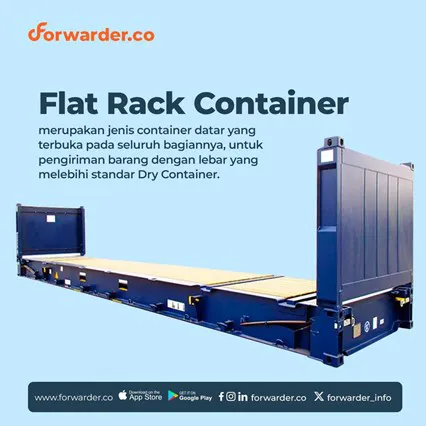
Flat rack containers are a special type of shipping container that is designed to transport oversized or irregularly shaped cargo that cannot fit into standard containers due to their size or shape.
These containers have the following features:
Due to their unique design and features, flat rack containers are commonly used in the following scenarios:
e. Open Side Container
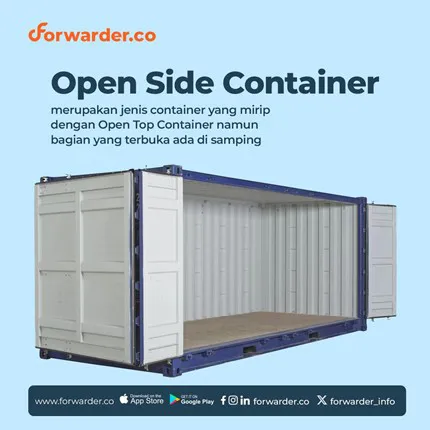
Open side containers are an ideal solution to facilitate the loading and unloading of large or long cargo. With fully openable side doors, these containers allow for easier access when loading or unloading goods. This is especially advantageous when transporting cargo that is difficult to load through the front or top doors of standard containers. With its unique design, these containers provide additional flexibility in the logistics and distribution of goods.
f. ISO Tank Container
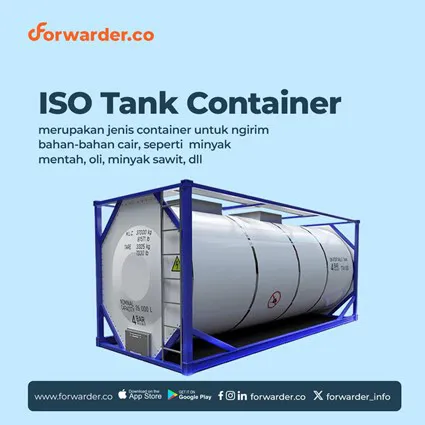
ISO Tank containers are types of containers used to transport liquid cargo, such as chemicals, oil, or gas. These containers are specially designed with strong and corrosion-resistant materials to ensure the safety and quality of liquid cargo during the transportation process. ISO Tanks have varying capacities, ranging from 21,000 to 26,000 liters, and can be customized according to the type of liquid cargo to be transported. The main advantage of ISO Tanks is their ability to safely and efficiently transport large quantities of liquid cargo by land or sea routes.
When choosing the right container for your business operations, there are several important factors to consider. The decision between Full Container Load (FCL) or Less than Container Load (LCL) shipments, as well as the appropriate container size, can have a significant impact on the efficiency of space utilization and shipping costs.
Here are some important considerations to think about:
By considering these factors, you can select the right type and size of container to meet your business needs. Additionally, consult with a logistics provider or shipping expert to get more specific advice tailored to your requirements.
Remember that choosing the right container can help improve the efficiency of your business operations and reduce overall shipping costs.
Container size is an important factor in choosing the right container for your business needs. Here is a detailed explanation of the most commonly used standard sizes and other variations that you need to know:
1. 20 Feet Container (20ft):
2. 40 Feet Container (40ft):
3. High Cube Container:
Understanding the types and sizes of containers available will help you choose the right container according to your business needs. Select the size and type of container that suits the volume of cargo, type of goods, and shipping route to be taken.
Booking, cek harga, pilih rute, dan tracking barang, semua bisa kamu lakukan lewat
forwarder.ai.
Nggak ada lagi cerita tanya-tanya manual. Hemat waktu, hemat tenaga, dan tetap punya kontrol
penuh atas pengirimanmu.
